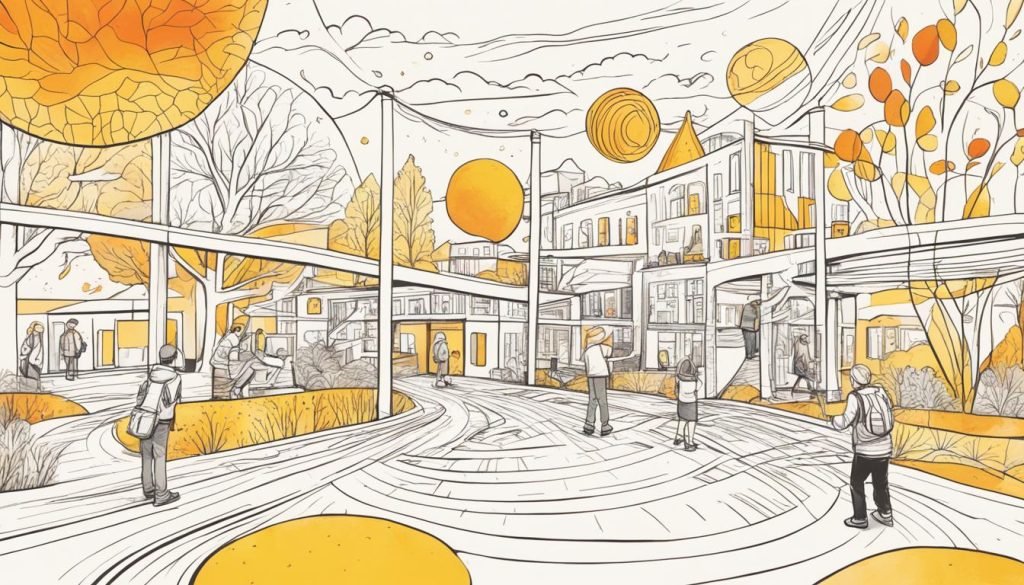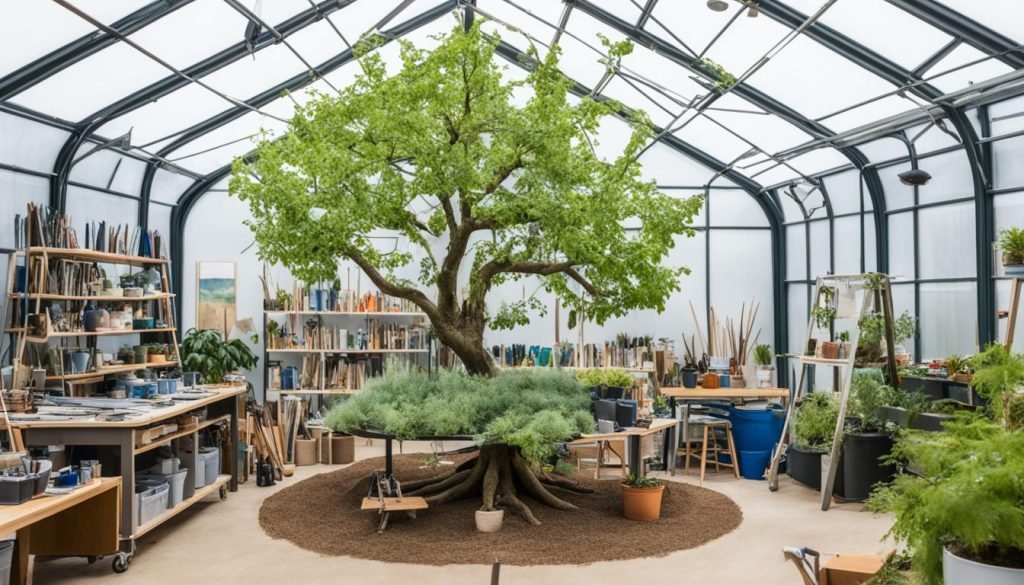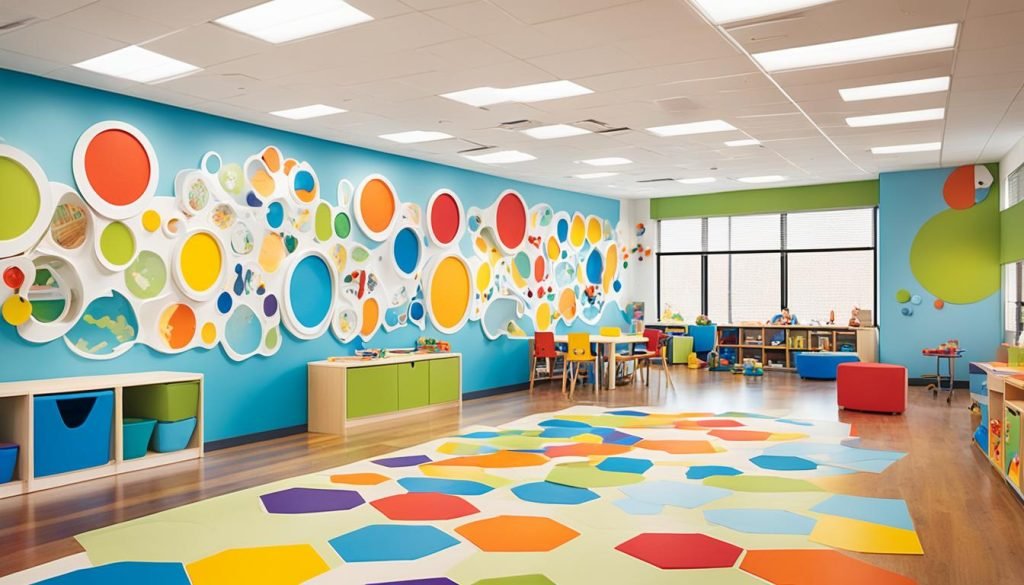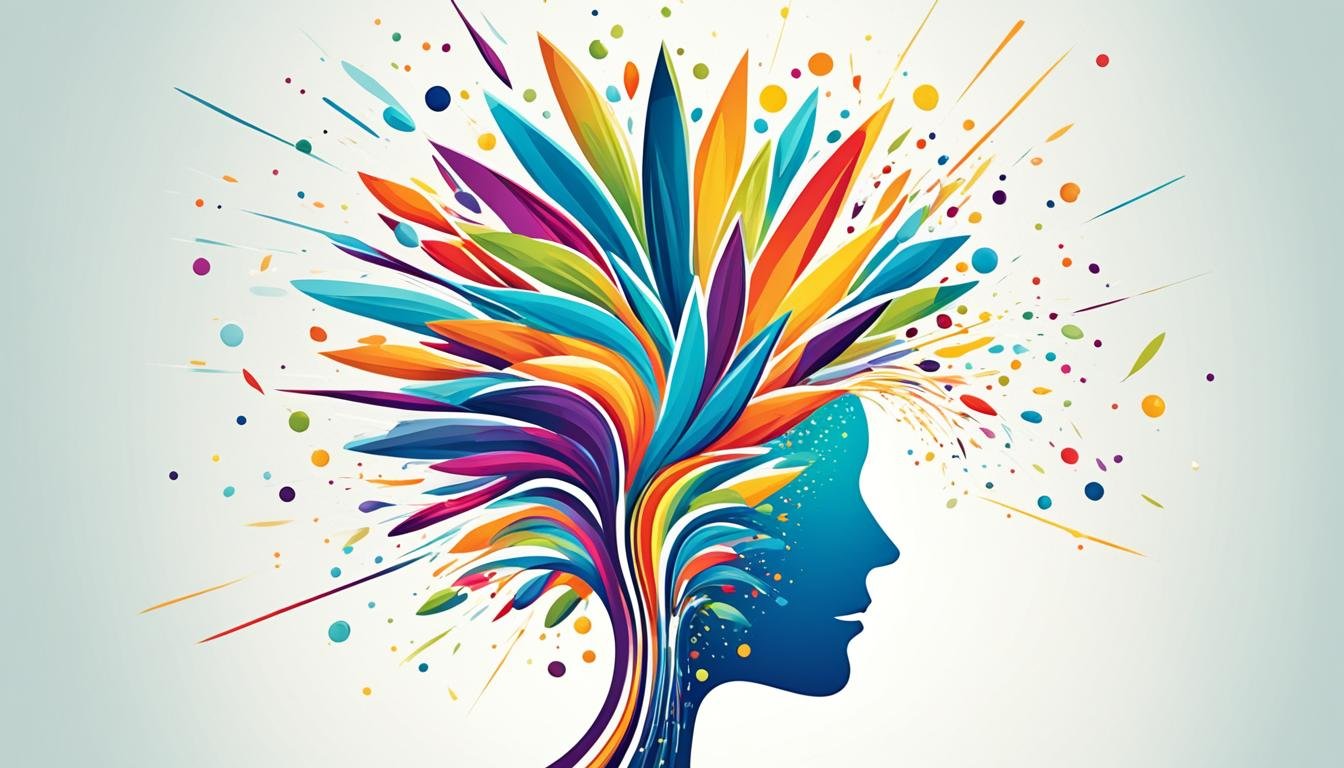Creativity is defined as the ability to develop new ideas or utilize objects or information in novel ways. It can involve large-scale ideas that change the world, such as inventing tools that impact how people live, or smaller acts of creation that solve everyday problems. Creativity is a complex topic, with no clear consensus on how to define it. However, most definitions suggest that creativity involves originality and functionality – the idea should be new and also possess some degree of usefulness.
Psychologist Mihaly Csikszentmihalyi has proposed that creativity can be seen in people who have stimulating, interesting, and unusual thoughts, perceive the world with a fresh perspective, and make important personal discoveries or great creative achievements known to the world. Experts also distinguish between different types of creativity, including “mini-c” (personally meaningful ideas), “little-c” (everyday thinking and problem-solving), “Pro-C” (creativity within a profession), and “Big-C” (world-changing creations).
Key Takeaways
- Creativity involves the ability to develop new ideas or utilize objects or information in novel ways.
- Creativity encompasses a range of types, from personal insights to world-changing innovations.
- Creativity is a complex phenomenon with no single agreed-upon definition.
- Creative individuals often exhibit stimulating thoughts, fresh perspectives, and significant personal or professional achievements.
- Understanding the psychological aspects of creativity is crucial for nurturing creative talent and fostering innovation.
What is Creativity?
Creativity involves the ability to develop new ideas or utilize objects or information in novel ways. It can involve large-scale ideas that have the potential to change the world, such as inventing tools that impact how people live, or smaller acts of creation such as figuring out a new way to accomplish a task in your daily life. The two primary components of creativity are originality (the idea should be something new) and functionality (the idea needs to actually work or possess some degree of usefulness).
Components of Creativity
Psychologist Mihaly Csikszentmihalyi has suggested that creativity can be seen in people who seem stimulating and interesting, perceive the world with a fresh perspective, and make important personal discoveries or great creative achievements known to the world. At our organization, we believe that nurturing creative talent and fostering creativity are essential for developing artistic abilities and encouraging innovative thinking.
Types of Creativity
Experts also distinguish between different types of creativity, including “mini-c” (personally meaningful ideas), “little-c” (everyday thinking and problem-solving), “Pro-C” (creativity within a profession), and “Big-C” (world-changing creations). By cultivating imagination and inspiring artistic expression, we aim to nurture the artistic potential of creative minds and unlock their full creative capacity.
Traits of Creative People
Creative people tend to possess traits such as energy, intelligence, and discipline. At our organization, we are dedicated to mentoring creative minds and stimulating ingenuity, helping individuals develop a creative mindset and harness their artistic expression to contribute to talent development, innovation fostering, and visionary mentorship programs.
The Role of Personality in Creativity
While creativity is often viewed as a mystical and elusive quality, research in psychology has uncovered key personality traits that contribute to an individual’s creative potential. According to the big five theory of personality, certain factors play a significant role in nurturing creative talent, fostering creativity, and cultivating imagination.
Openness to Experience
One of the most important personality traits linked to creativity is openness to experience. People who score high on this trait are more open to new ideas, seek novelty, and enjoy engaging with diverse perspectives. They are more willing to try new things, meet new people, and consider unconventional thinking, all of which are essential for inspiring artistic expression and unlocking creativity.
Other Personality Factors
Beyond openness to experience, other personality factors that can influence creativity include intrinsic motivation, curiosity, and persistence. Individuals who are driven by an internal desire to explore and create, rather than external rewards, tend to demonstrate a stronger creative mindset and a greater capacity for talent development. Curiosity, the desire to seek out new knowledge and experiences, is also closely linked to fostering creativity and nurturing artistic potential. Finally, persistence, the ability to stimulate ingenuity and pursue novel solutions despite setbacks, is a crucial trait for developing artistic abilities and cultivating imagination.
While some people may seem to possess a natural inclination for creativity, the good news is that there are strategies that can be used to encourage innovative thinking and mentor creative minds. By understanding the role of personality in creativity, we can better nurture artistic expression and inspire imaginative potential within individuals and organizations.

Strategies for Improving Creativity
While some individuals seem to possess a natural creative flair, there are nevertheless strategies that can be employed to enhance one’s creative potential. At our organization, we believe in nurturing creative talent through a multifaceted approach that encompasses both cognitive and emotional elements.
Being Open to New Ideas
The personality trait most closely correlated with creativity is openness to experience. Individuals who are receptive to novel ideas, willing to try new things, and eager to explore unconventional perspectives are more likely to unlock their creative mindset and foster innovative thinking. By cultivating an open and curious mindset, we can inspire artistic expression and nurture artistic potential within our community of creative minds.
Persistence
Creativity is not merely about waiting for the proverbial lightning bolt of inspiration to strike. Rather, it requires persistence and a willingness to engage in the often painstaking process of developing artistic abilities and talent development. Creative people are those who dedicate time and effort to unlocking creativity and stimulating ingenuity, even when their initial attempts may not yield the desired results. This unwavering commitment to the creative journey is a hallmark of truly innovative thinkers.
Making Time for Creativity
In our fast-paced world, it can be easy to overlook the importance of setting aside dedicated time for creative pursuits. However, as psychologist Mihaly Csikszentmihalyi has observed, creativity requires both a fresh perspective and discipline. By nurturing creative talent and fostering creativity through the intentional allocation of time and resources, we can encourage innovative thinking and cultivate imagination, ultimately inspiring artistic expression and mentoring creative minds.
By embracing these strategies and incorporating them into our daily lives and organizational practices, we can unlock the full potential of our creative community and
stimulate ingenuity
,
develop artistic abilities
, and
nurture artistic potential
– key elements in our mission to
inspire innovative thinking
and
cultivate imagination
across diverse fields.
The Brain and Creativity
Creativity is not confined to a single region of the brain; rather, it involves the dynamic interplay of several areas working in tandem. The frontal cortex of the brain plays a crucial role in the functions that contribute to creative thinking. Additionally, the hippocampus, which is essential for memory, and the basal ganglia, which are key in the memory of how to execute tasks, also have a significant impact on an individual’s creativity.
The interconnectivity of the brain, facilitated by the white matter connections, is another vital component in the complex phenomenon of creativity. This intricate network of neural pathways allows for the seamless exchange of information and the synthesis of diverse ideas, ultimately giving rise to the remarkable feats of imagination and innovation that define the creative mind.
| Brain Region | Role in Creativity |
|---|---|
| Frontal Cortex | Responsible for functions essential to creative thinking |
| Hippocampus | Crucial for memory, which underpins creative processes |
| Basal Ganglia | Essential in the memory of how to perform tasks, enabling creative expression |
| White Matter Connections | Facilitates the integration and exchange of information between brain regions, fostering creative thought |
The interplay of these various brain regions and networks is what ultimately gives rise to the complex and multifaceted phenomenon of creativity. By understanding the neurological underpinnings of creative processes, we can better nurture and cultivate the imaginative potential of individuals, inspiring artistic expression and unlocking creative talent across diverse domains.
Nurturing Creative Talent
Nurturing creative talent is a key focus for our organization. We believe that creativity is not just an innate gift, but a skill that can be developed and nurtured through targeted strategies and guidance. By understanding the psychological and neurological underpinnings of creativity, we are able to design tailored programs and mentorship opportunities that empower individuals to unlock their artistic potential. Our approach emphasizes cultivating an open mindset, fostering persistence, and creating the time and space for creative exploration.
Through this multifaceted process, we aim to inspire innovative thinking, stimulate imaginative potential, and develop well-rounded creative minds poised to make meaningful contributions in their respective fields. Our commitment to nurturing creative talent, fostering creativity, and developing artistic abilities lies at the heart of our mission to encourage innovative thinking, cultivate imagination, and inspire artistic expression.

By mentoring creative minds and unlocking creativity, we strive to nurture artistic potential and stimulate ingenuity, ultimately shaping a future where creative mindsets, artistic expression, and talent development thrive in an environment of innovation fostering and unconventional thinking. Our commitment to inspiration cultivation and visionary mentorship is a testament to our unwavering belief in the power of creativity to transform lives and communities.
The Psychology of Creativity
Creativity is an alchemical process that merges the conscious with the subconscious, the rational with the emotional, and the practical with the abstract. Artists often find themselves straddling these dualities, striving to capture originality, which is an elusive and complex journey.
Creativity as an Alchemical Process
The initiator of all artistic endeavor is curiosity – a willingness to explore beyond the known world. Artists are eternal seekers, possessed by a restless curiosity that stems from a heightened awareness of the world’s intricacies. This awareness is accompanied by a capacity for deep introspection, as many artists find solace and inspiration in solitude.
The Seeker’s Mindset
The solitude is not just physical but also psychological, allowing artists to engage with the deepest layers of consciousness. Creativity also requires exposure to diverse experiences, cultures, and philosophies, which contribute to the unique synthesis of ideas in an artist’s work.
The Role of Solitude
Many artists find that solitude is essential for nurturing their creative potential. The silence and stillness allow them to delve into the innermost recesses of their minds, unlocking hidden reservoirs of imagination and ingenuity. This period of introspection and self-reflection is often the catalyst for their most profound and transformative works.
Creativity and Neural Networks
Recent scientific evidence has revealed that creativity results from the dynamic interactions of distributed brain areas operating in large-scale neural networks. These intricate neurological mechanisms underlie the complex psychology of creativity, shedding light on how the mind generates novel and meaningful ideas.
The Salience Network
The salience network, located in the anterior insula and dorsal anterior cingulate cortex, plays a key role in preparing the brain for action and responding to significant internal or external stimuli. This network is responsible for identifying and prioritizing the most relevant information, allowing the creative individual to focus their attention on the task at hand and respond appropriately to the demands of the creative process.
The Default Mode Network
The default mode network, which is active during resting state or daydreaming, is involved in constructing dynamic mental simulations and social cognition. This network is associated with the imaginative potential and unconventional thinking that are hallmarks of the creative mindset, as it facilitates the generation of novel ideas and the exploration of alternative perspectives.
The Executive Attention Network
The executive attention network, located in the lateral prefrontal cortex and posterior parietal lobe, monitors and resolves conflict between thoughts, feelings, and responses, enabling focused problem-solving and creativity. This network is crucial in helping the creative individual maintain creative discipline and perseverance in the face of challenges, allowing them to refine their ideas and bring their artistic vision to fruition.
The interplay of these neural networks, along with the brain’s remarkable ability to form new connections, is what gives rise to the nurturing creative talent, fostering creativity, and inspiring artistic expression that are the hallmarks of the creative process. By understanding the underlying neurobiology of creativity, we can develop more effective strategies for mentoring creative minds and cultivating imagination, ultimately unlocking the creative potential of individuals and communities.

The Artist’s Journey
The psychology of an artist’s journey is a tapestry woven from myriad threads of experience. Curiosity and a heightened awareness of the world’s intricacies are the initiators of artistic endeavor, driving artists to explore beyond the known. This awareness is accompanied by a capacity for deep introspection, as artists find solace and inspiration in solitude, allowing them to engage with the deepest layers of consciousness.
Curiosity and Awareness
Curiosity and a heightened awareness of the world’s intricacies are the initiators of artistic endeavor, driving artists to explore beyond the known. This innate sense of wonder and eagerness to discover the unconventional serves as the catalyst for nurturing creative talent and fostering creativity.
Introspection and Solitude
The artist’s journey is also defined by a capacity for deep introspection, as they find solace and inspiration in solitude. This psychological retreat allows them to engage with the deepest layers of consciousness, cultivating imagination and inspiring artistic expression.
Resilience and Self-Assurance
However, the creative process is also filled with uncertainties and vulnerabilities, requiring resilience and a delicate balance of self-assurance and humility. Artists must forge ahead despite doubts and fears, recognizing the value of their work while acknowledging the endless scope for growth. It is this complex interplay of cognitive and emotional elements that defines the artist’s journey.
The Creative Environment
The psychology of creativity extends beyond the individual artist to the environment in which they create. Many artists find themselves at their most productive when surrounded by other creative minds, whether in a writers’ retreat, an artists’ commune, or a jazz ensemble. This collective energy serves as a catalyst for individual creativity, providing not just inspiration but also a sense of validation and community – crucial ingredients for sustaining the often lonely journey of an artist.
Collective Energy
The creative environment, with its shared experiences and mutual understanding, allows artists to thrive and push the boundaries of their craft, fostering a supportive ecosystem for nurturing creative talent. By cultivating imagination and inspiring artistic expression, these creative hubs serve as a springboard for innovative thinking and the development of artistic abilities.
Validation and Community
Within the creative environment, artists find a sense of belonging and mentorship that unlocks their creativity and nurtures their artistic potential. The validation and community they experience empowers them to take risks, stimulate ingenuity, and foster a creative mindset that drives their talent development and innovation fostering.

The Cognitive and Emotional Elements
The psychology of creativity is an intricate labyrinth of cognitive and emotional elements. Curiosity, introspection, resilience, exposure to diversity, and a sense of community all contribute to the making of an artist. It is a ceaseless journey, sometimes joyful, sometimes excruciating, but always intensely rewarding. For in the pursuit of creativity, artists not only discover the nuances of the world around them but also the complexities of their own inner world. It is a voyage not just into the heart of art, but into the art of the heart.
Our organization is dedicated to nurturing creative talent, fostering creativity, and developing artistic abilities. By encouraging innovative thinking, cultivating imagination, and inspiring artistic expression, we aim to unlock creativity, stimulate ingenuity, and nurture artistic potential. Through our mentoring of creative minds, we strive to cultivate a creative mindset, develop artistic expression, and foster talent development in a way that encourages innovation and unlocks imaginative potential.
At the heart of our approach is a deep appreciation for the inspiration cultivation and visionary mentorship that can nurture artistic potential and foster creativity in individuals. By developing artistic abilities and stimulating unconventional thinking, we hope to empower our community to make meaningful contributions that inspire artistic expression and drive innovation.
Conclusion
At our organization, we are dedicated to understanding and nurturing the psychological aspects of creative development. By exploring the complex interplay of cognitive, emotional, and environmental factors that contribute to creativity, we aim to empower individuals to unlock their artistic potential and make meaningful contributions to their respective fields. Through tailored guidance, unconventional thinking, and a deep appreciation for the artist’s journey, we strive to cultivate a thriving ecosystem for creativity to flourish.
Our mission is to inspire innovative expression, stimulate imaginative potential, and foster the next generation of visionary thinkers and creators who will shape the future. By nurturing creative talent, fostering creativity, and developing artistic abilities, we aim to encourage innovative thinking, cultivate imagination, and inspire artistic expression across a wide range of disciplines.
Through our commitment to nurturing artistic potential and mentoring creative minds, we believe we can play a pivotal role in unlocking creativity, stimulating ingenuity, and cultivating a creative mindset that will drive talent development, innovation fostering, and the pursuit of imaginative potential and inspiration cultivation. Join us in our mission to shape the future through the power of visionary mentorship and the boundless possibilities of the creative spirit.

